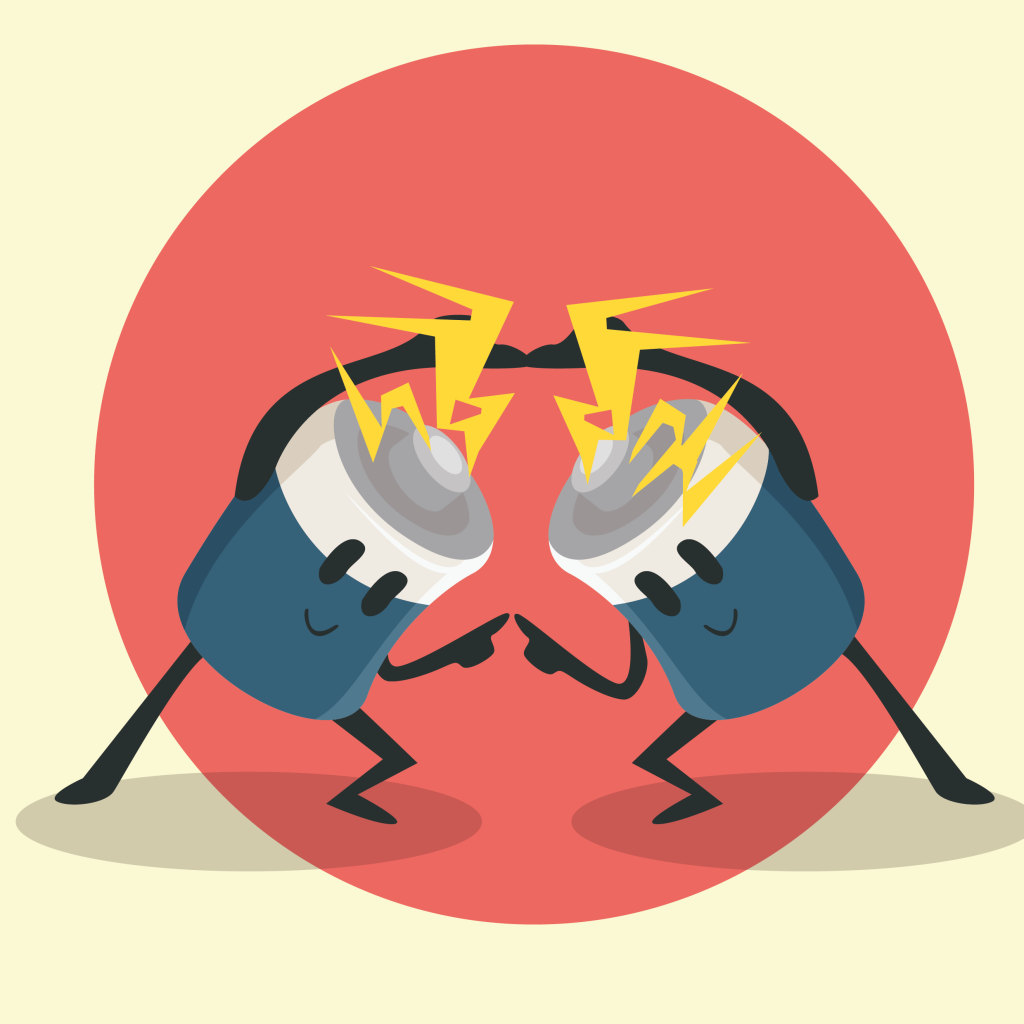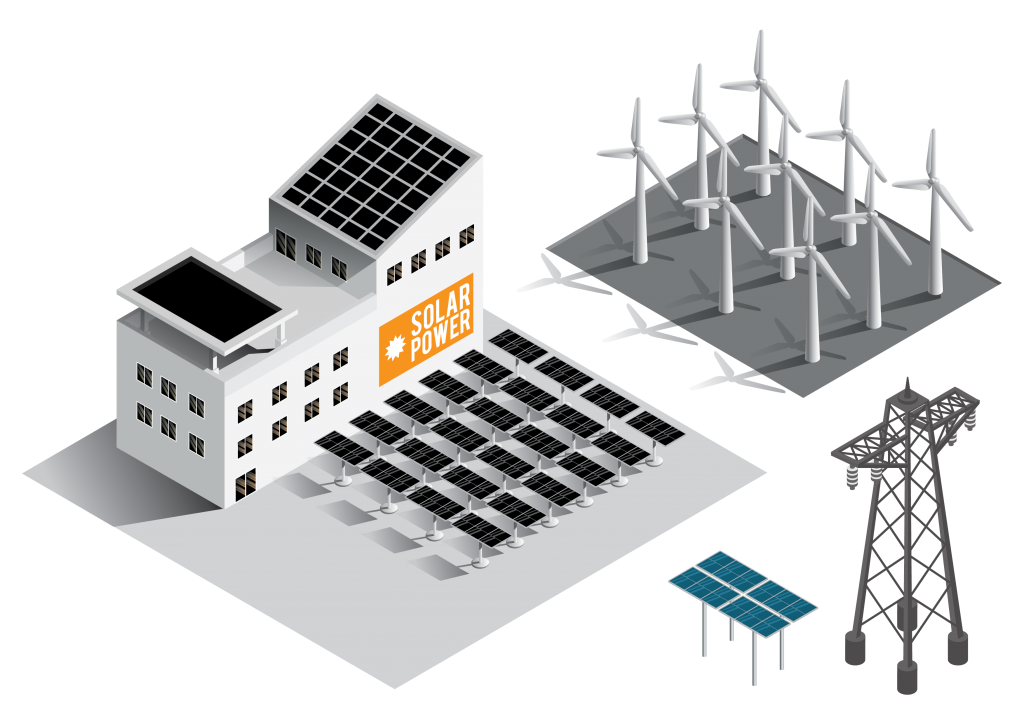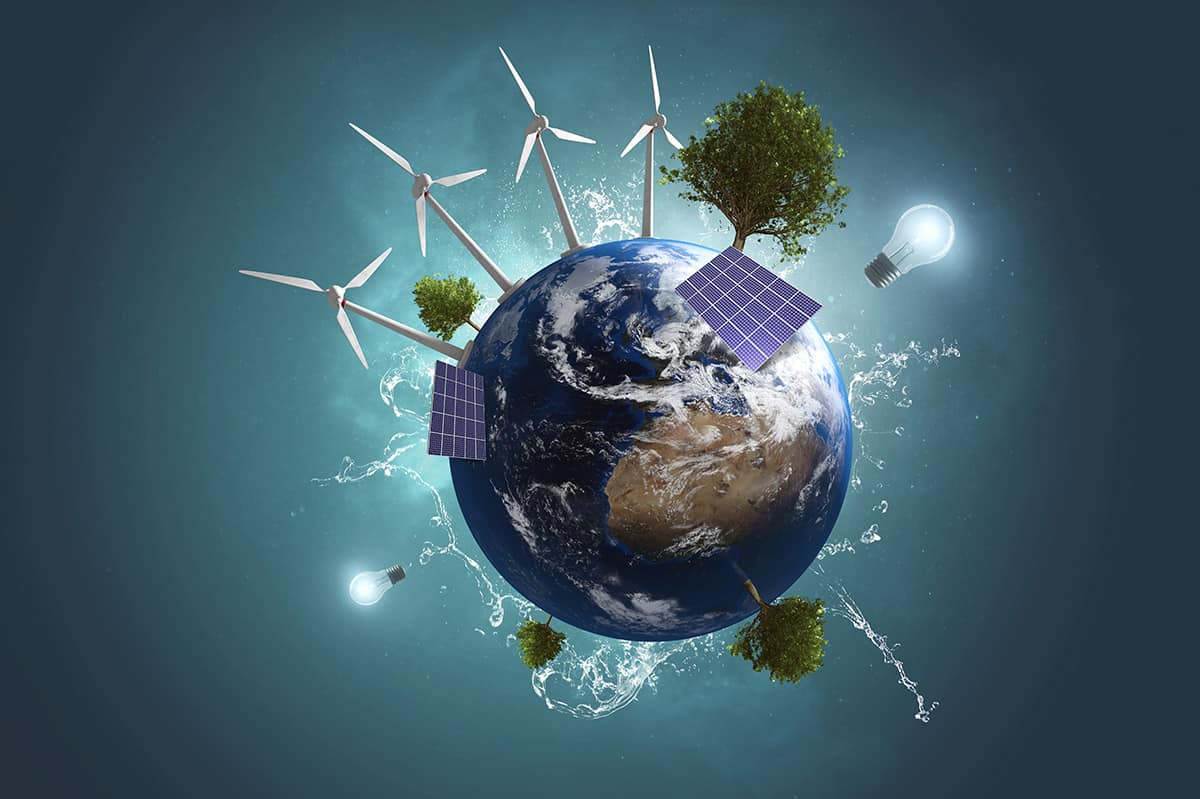SCIENCE THIRD TERM
(TERCER TRIMESTRE)
ENERGY
Energy Facts For Kids
The definition of energy is the ability to do work or to make something move or change in some way. It is different from power, which represents the rate at which energy is used.
However, it can be described in many different categories: form of energy (heat, light, motion, electrical, chemical, nuclear, and gravity); potential or kinetic energy; renewable or non-renewable.

Forms of Energy
Energy can be found in many different forms – heat, light, motion, electrical, chemical, nuclear, and gravity. All these forms of energy have the ability to change something that it touches.
Think of someone tanning in the sun – the sun has energy to warm you up or burn your skin. The sun can also cause an explosion if it hits something that is combustible.
An explosion can produce heat, fire, light, and sound and change the shape of something or destroy it completely.

What is Energy?
Everything on earth contains energy in the molecules that it is made up of – you, your dog, your desk, your bike, trees, and so on. There is a continual transfer of energy between everything in our universe.
Plants use energy from the sun and water to produce oxygen into the air and food for us and all animals and birds.
We in turn use energy when our bodies process the food we eat to allow us to keep warm, use our brains, keep our hearts beating, breathe, move, and do all the things we want our bodies to do. This is called metabolic energy.

Potential vs Kinetic Energy
Energy can also be described as being either potential energy (stored) or kinetic energy (working). A good example of this when you eat food the energy is stored in your body.
When you stand by your bike, your bike has potential energy.
But when you start to peddle, the bike has kinetic energy and this energy has the ability to go like the wind and take you places.

Another way of describing energy is to say it is renewable and non-renewable. Renewable means that the source can be restored and it not used up.
Examples of renewable energy are the sun (solar), heat from inside the earth (geo-thermal), wind, moving water (hydropower).
Non-renewable sources are fossil fuels (oil, gas, coal), and nuclear power because it is produced by using uranium. When these products are used up, the source is gone and cannot be replaced.





No hay comentarios :
Publicar un comentario